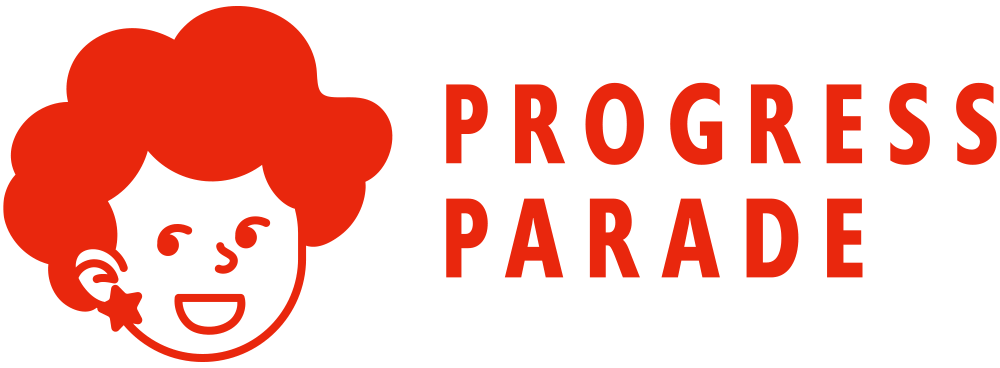Staying Sane in the Time of Distance Learning
Facilitating distance learning is a new reality for families, and one that doesn’t come with a guidebook. While staying healthy and safe to help curb the spread of COVID-19 is necessary, it doesn’t make this new chapter of school easy.
Our kids are used to a physical school, a classroom with a trained educator leading the way, and peers to engage and collaborate with. Switching over to distance-based lessons where families are now tasked with keeping their children engaged when they’re surrounded by the distractions of home is hard! Add the layer of additional needs like sensory processing disorder, ADHD, or dyslexia, and this is a real, tangible challenge. Power struggles are sure to arise, and it feels impossible to motivate a kiddo to work on math when their video games are in the next room. How do parents make this work?
We have a few tried-and-true, evidence based resources that can help support the learning that’s happening at home by providing the manipulatives and structured breaks that teachers often provide in the school classroom.
"Exercise turns on the attention system."
When there’s endless distractions in the home, adding choice into your child’s day can help to lessen the inevitable power struggle about getting school work completed. Allowing your child to determine what subject they work on first, what writing utensil they get to use, and where in the home they get to learn can be a small win for everyone.
Exercise and Brain Breaks
Dr. John Ratey has researched ADHD, movement, and the brain for decades, and he shares in his book Spark, “Exercise turns on the attention system, the so-called executive functions — sequencing, working memory, prioritizing, inhibiting, and sustaining attention.” Adding in some movement and exercise throughout the day can help your child burn off energy, as well as light up the brain!
GoNoodle.com is a popular, free website that schools often use to provide quick, fun brain-breaks for students in between lessons. We love the “Fresh Start Fitness” channel that provides 5-10 minute exercise circuits for kids to follow. These specific videos are perfect for young children all the way up through high school! Running a few laps around your home, starting a push-up challenge, or engaging in some yoga poses can be other easy options depending on your child’s preferences. We suggest adding a few movement-focused brain breaks to your child’s daily schedule before they are expected to attend to an academic lesson for a length of time.
Manipulatives
In the typical classroom, you child is likely used to having hands-on manipulatives and visual aids to help them understand and engage with their daily lessons. It can be hard for kids to be expected to engage in the same content without the same materials!
Grabbing coins, beads, blocks, (or any item you have an excess of!) can still be helpful tools as your child works out math problems, and just having scratch paper and writing utensils can allow your child to “think aloud” about their assignments.
ToyTheater.com is an awesome, free resource for students as they navigate home learning. When you click the red “teacher tools” button, you’ll find hundreds boards, interactive clocks, spinners, tens frames, alphabet tiles, and more. These online manipulatives are a nice bridge for some of the tools your child may be used to engaging with in their classroom.
Including Choice
When there’s endless distractions in the home, adding choice into your child’s day can help to lessen the inevitable power struggle about getting school work completed. Allowing your child to determine what subject they work on first, what writing utensil they get to use, and where in the home they get to learn can be a small win for everyone.
Creating a choice board can also be an easy support to give your child some autonomy. It doesn’t have to be pretty – but a structured board can help eliminate the endless negotiating that may occur because the choices are already pre-determined. We love this simple home learning choice board from Pocket of Preschool as an example of a choice board!
Distance learning is a tricky new territory for schools and families to navigate. Having some intentional, meaningful tools in your home can really help bridge the gap so this reality doesn’t feel quite as overwhelming.
If you need some extra help or online coaching during this time, please contact us to discuss your needs.













